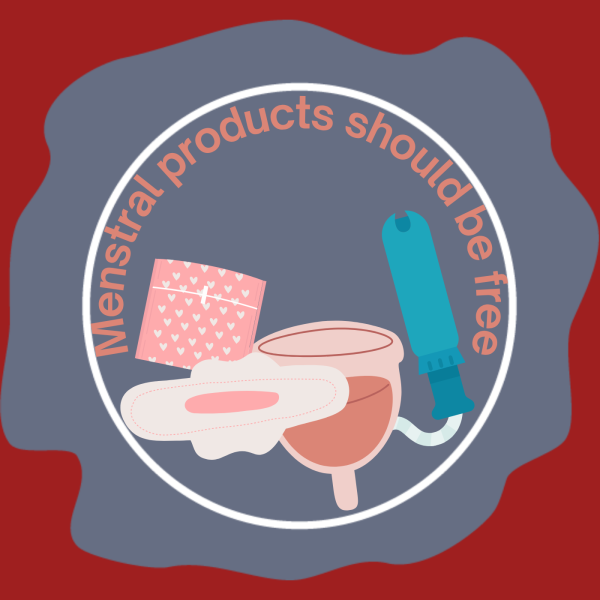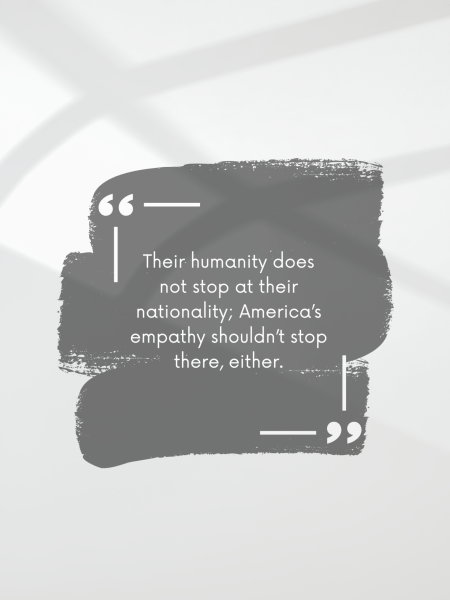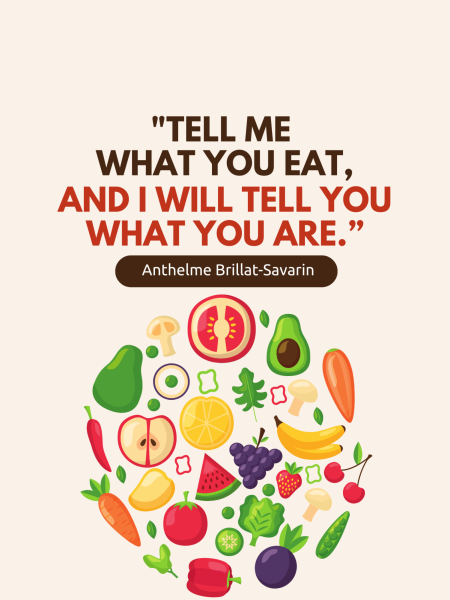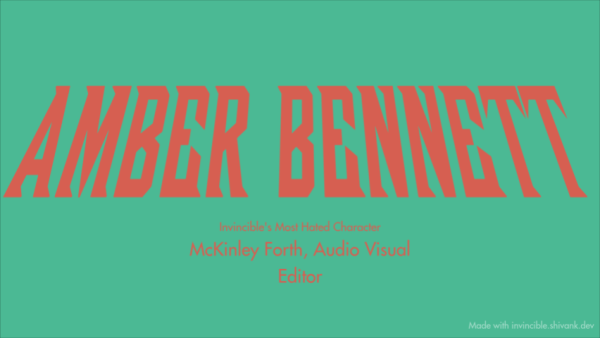iPads invade Lewiston School District
Lately, it seems as if everything has gone digital, from books to paying bills at restaurants; almost anything can be done from a tablet. Classrooms were the next thing on the list of things to be turned digital, and thanks to Butch Otter, Idaho’s tax money bought Idaho’s schools plenty of the newest iPads, to use for each individual student.
According to Dr. Robert Donaldson, superintendent, the Lewiston School District has 2,800 iPads. Cool! Here’s a new, fun way to do classroom assignments, watch presentations and read textbooks, or a new, fun way to get DISTRACTED. Students, on a day-to-day bases, are surrounded by technology, cellphones, computers, laptops, tablet, iPods, etc. Do they really need more?
Using iPads to replace classroom materials brews some concerns. “Digital” classrooms mean students receive an assignment by email and they complete it on an iPad at school or at home on a personal computer. A digital classroom means teachers can stop giving out already-outdated textbooks and instead rely on students having the internet accessibility to finish the work. Is there a big difference between virtual textbook and a real hands-on textbook? Most likely not, but some students don’t have constant access to the beloved internet, some could be grounded from the internet, or any other obstacle that could get in the way of them finishing the assignment online.
The iPads are wonderful if the teachers using them know how to operate them and know how to motivate students use the technology to their advantage instead of a disadvantage. Sometimes students waste half of their class time attempting to get their devices to connect to Wi-Fi, use the right app or just plain trying to get a device to work. This results in unfinished work and frustrated students and teachers alike.
The new BYOT [Bring Your Own Technology] policies in the Lewiston School District make it so every student will be able to bring their cell phones, tablets, laptops and the like to do their class work. Reportedly, iPads or other devices will be provided for any student lacking one. The BYOT policy is great, but where is the line drawn? To police the students’ use of their own technology, students will log onto the school’s network and the district will control what apps their personal devices can use.
Living in the 21st century, one sees technology as a blessing, but what about the young students whose lives are already consumed by all sorts of technology? According to studies conducted by Digiday, the Millennials are the first digital natives; the first people to have the world at their fingertips, literally, and the first people to have their lives instantly and constantly chronicled online. Millennials were born in the middle of huge technological developments and this generation has witnessed a large amount of change. Their brains don’t 100 percent understand how to process all those changes and because of this, Millennials naturally romanticize simpler times, even ones they weren’t there for, referred to as “early-onset nostalgia.” Early onset nostalgia causes such an informational overload that it has compressed their sense of time.
Technology can help in many numerous ways, but in the long run could also affect student’s sense of nostalgia and wonder. The conversion to digital could be beneficial, but also isn’t necessary in every aspect of life. Some old-school education techniques need to stay in the past, while digital education takes over.





